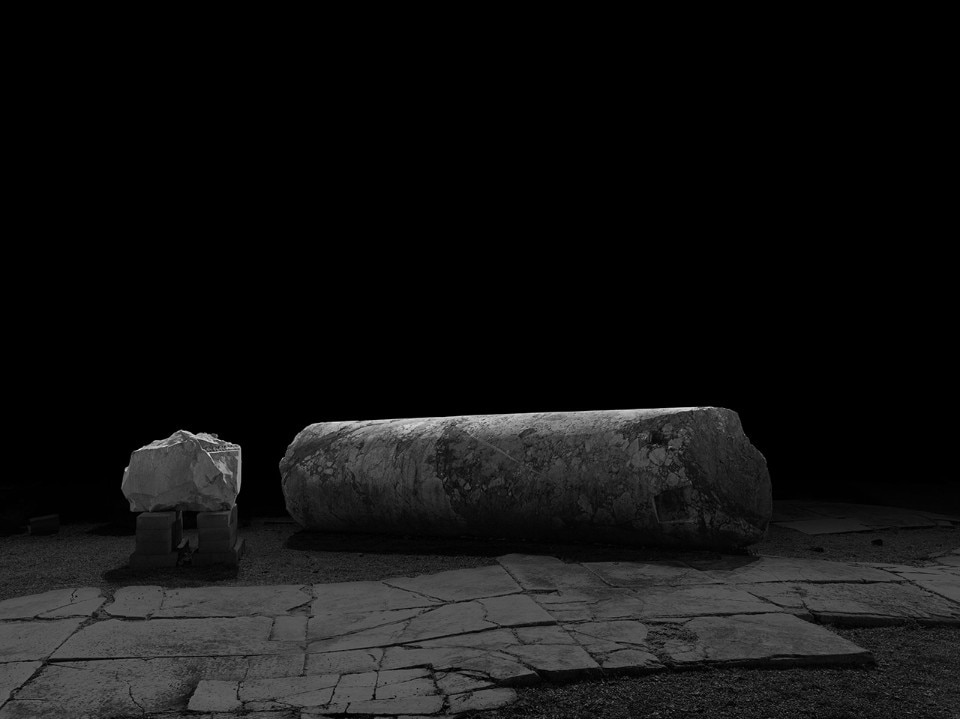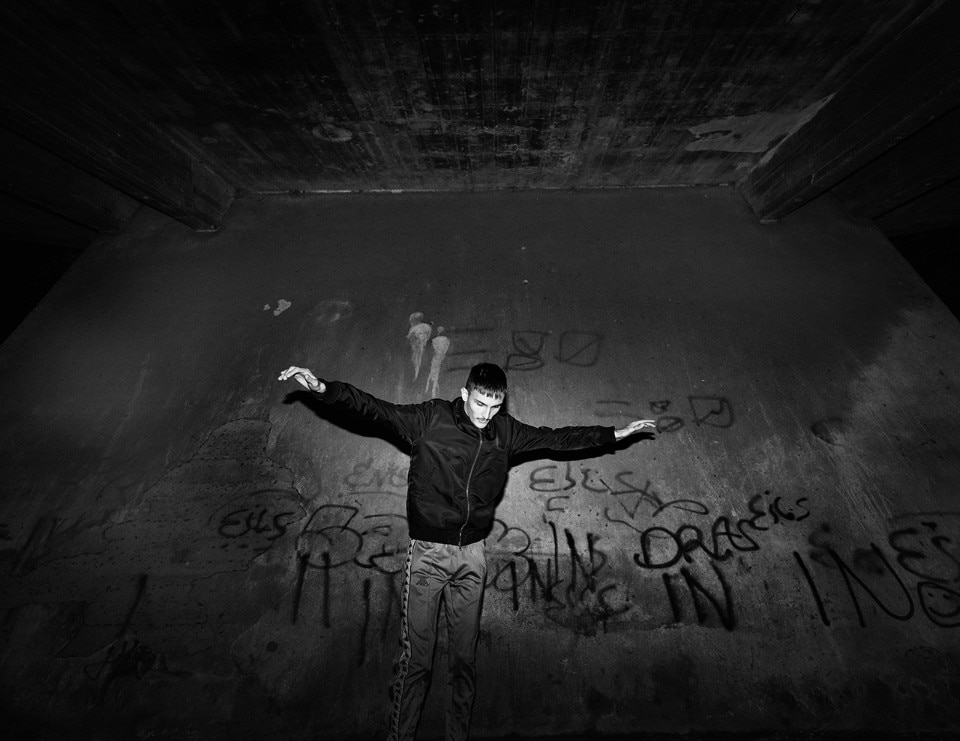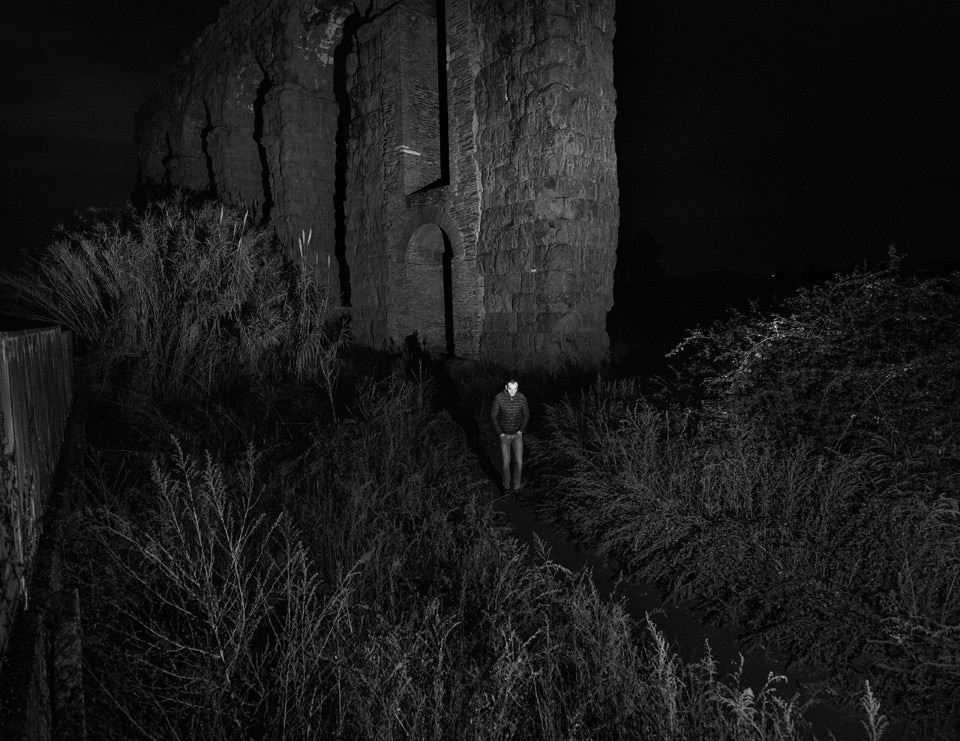"Photography. Nuove produzioni 2020 per la collezione Roma" is the somewhat didactic but effective title of a complex and successful operation with which the assessorate to cultural growth of Roma Capitale and the special agency Palaexpo have promoted the resumption of a discourse begun and left open by Fotografia Festival Internazionale di Roma.
The work of Francesco Zizola, who has been entrusted with the curatorship, is in fact the legacy built up between 2003 and 2017 over a series of residencies conceived by Marco Delogu and Zone Attive that have brought some of the most important exponents of photographic art to Rome, from Josef Koudelka to Olivo Barbieri, from Martin Parr to Gabriele Basilico, from Graciela Iturbide to Roger Ballen, from Alec Soth to Paolo Pellegrin, from Paolo Ventura to Simon Roberts, to name but a few.
And Zizola raises the stakes with an invitation extended not to one but to five names of international calibre, the balance between whose distinct and complementary personalities is certainly one of the strong points of this new and multiform production: Sarah Moon, Alex Majoli, Martin Kollar, Nadav Kander and the young Tommaso Protti.
On show in the renovated Pavilion 9a of the Mattatoio—one of the four spaces entrusted by Roma Capitale to Palaexpo for the next twenty years—and collected in a precious catalogue published by Postcart, 130 ad hoc works that inaugurate a new chapter in the newborn Polo del Contemporaneo.
The photographers
Sarah Moon
Behind the apparent informality of the title given to her series (Roman Diary) lies all the sense of Sarah Moon's studied delicacy, perturbing calmness and elegant reserve. Graced by a modesty of practice that disappears in the aesthetic refinement of her printed and exhibited versions, Moon's work has tiptoed through the history of contemporary photography, moving lightly and naturally between the obvious (but is it really so?) class of the fashion world and the more concrete and sober beauty of ordinary things, of the city, of nature. However, if there is one word that can sum up Moon's research, it is time: the time of contemplation, the time of crossing, even the time of developing her Polaroids, whose characteristic of instantaneousness has now been rendered obsolete by digital technology.
And the time of reality, obviously and on top of everything else, the time that passes, the time of the photographer and that of the photographed, the time that makes a city a timeless place and the time that cancels the distance between past and present, between what has been and what is. Moon's photography moves precisely along that thin line of demarcation, that skin—element of separation between an inside and an outside, therefore, between the unconscious and the evident—to which the etymology of the Italian word for film refers, as Moon herself points out. And with her work on Rome, the French artist can go a step further: in the manipulation of the surface of the photographs there is a further interpenetration with the object of her vision, and the marks left by her hand ideally overlap those left by time on the surfaces of the city.
Alex Majoli
In his chapter, Alex Majoli explores with intensity and lightness a discourse on the theatricality of reality which, through the apparently simple use of a flash pointed at an otherwise unaltered world, represents his most recent and original interpretation of documentary photography. And with its constant back and forth between classicism and modernity, authenticity and self–representation, typicality and globalisation, postcard backgrounds and characters that seem to live in a novel, Rome is certainly the most suitable set for staging this overt play of parts.
But in a double or triple play of cross–references, if the city becomes a stage and the people actors, then life once again becomes representation: within this representation, which Majoli creates in every shot, it is reality itself that—traversed by people wearing costumes, dotted by cameras and mobile phones, inhabited by spectators inside theatres (thus a theatre within a theatre), and at times even transmuted into augmented if not virtual reality—reminds us that Rome itself is a play, the film of itself. Moreover, Fellini’s movies (he is involved even when he is not) were documentary films on Rome, as someone said. And there are also echoes of Aki Kaurismäki, of his romantic minimalism, of his timeless sets (a Communist Party symbol here, a checked tablecloth there, clothes with no clear connotation everywhere), of his sentimental but technically unexceptionable use of light and looks (which, in his synthetic cinema as in Majoli's vivid photography, say more than any words).
Martin Kollar
In his long journey on foot from Bratislava to Rome, Kollar for once sets aside the lively humour that—through the sometimes merciless and always curious use of his gaze—characterises the works for which he is best known, and undertakes a personal pilgrimage, a path of catharsis that starts from the inner need to process a recent bereavement. More reminiscent of the secular and fatalistic labours of a Bach or a Herzog, and suffused with unusual melancholy but also with a disenchanted and constant relationship with death, his visual diary recorded on the road along the journey from what was the ancient northern border of the Roman Empire to what is still called the Eternal City, is not, however, without irony: the 1255 kilometres covered are divided into short sequences, one for each of the 42 days of the journey, which always maintain a perfect balance between representation and interpretation, between civilisation and chaos, between provincial vitalism and authorial intellectualism, between nature modified by culture and culture permeated by nature.
The only one of the five authors not to work in and about Rome, Kollar weaves an evocative discourse, where the city, heiress of an imperial capital that has been the object of unbridled mental projections for centuries, is once again always imagined, an aspired and coveted destination, but in fact permeated by a desire that remains so until it comes true, and in this it is ideally reconfirmed as the centre of the world to which, as the title suggests, all roads lead.
Nadav Kander
It may be trite to say it, but never as in this series on Rome has Nadav Kander brought to the forefront his approach as an archaeologist of the contemporary, so many times and decidedly already expressed in an artistic career that ranges from his work on the Yangtze to that on Chernobyl, from Signs We Exist to Dust, because it is clear that the past is not something distant, outdated, separated from the present, but on the contrary is syncretic with it.
Aided in this case by the incessant stratification of history that rests and accumulates on all the surfaces (physical, social, conceptual) of the city, with a half–scientific, half–poetic spirit Kander manages to observe Rome in a new light, an attempt that is all the more complex given that Rome is a city seen par excellence.
But here Kander does even more, if possible, becoming himself part of that pantheon of artists who have worked in Rome: elaborating once and for all the entirely photographic ability to bring to light—if not literally to discover—the reality of things, he thus becomes once again a sculptor who, by means of the perhaps trite but always valid metaphor of maieutics, pulls out of the material what is already contained in it, paradoxically showing us what was already in the light of day.
Tommaso Protti
The edges of Rome crossed by Tommaso Protti are geographical, physical and material only at a very superficial level, because what would his work be if the edges he refers to were not also those between people and their aspirations, between the suspended present and the uncertain future, between social and political immobility and the concrete possibility of change? Certainly, in an operation as far–reaching and evocative as the one underway, his images are those that most clearly—an evidence that is in turn the stigma that documentary photography carries engraved in its most superficial level of reading—take on the objective potential of the medium; but it would be a trivial mistake to dismiss this work as purely documentary, unless we can finally take for granted that the boundary between objective reality and personal interpretation is a pure intellectual abstraction, and that it is proper for photographic art to naturally and even inherently cross any genre boundary.
Boundary, limit, edge, key words but not synonyms that inform the chapter entrusted to Protti, who takes in the Roman suburbs—the new Rome apparently light years away from the centre (including the centre of attention)—with the care matured over years of practice, distilled here into a narrative that is as honest as ever, never winking, participatory, never detached.
- Exhibition Title:
- Fotografia. Nuove produzioni 2020 per la collezione Roma
- Opening dates:
- From February 23rd to May 16th, 2021
- Curated by:
- Francesco Zizola
- Location:
- Mattatoio
- Where:
- Piazza Orazio Giustiniani 4, Roma


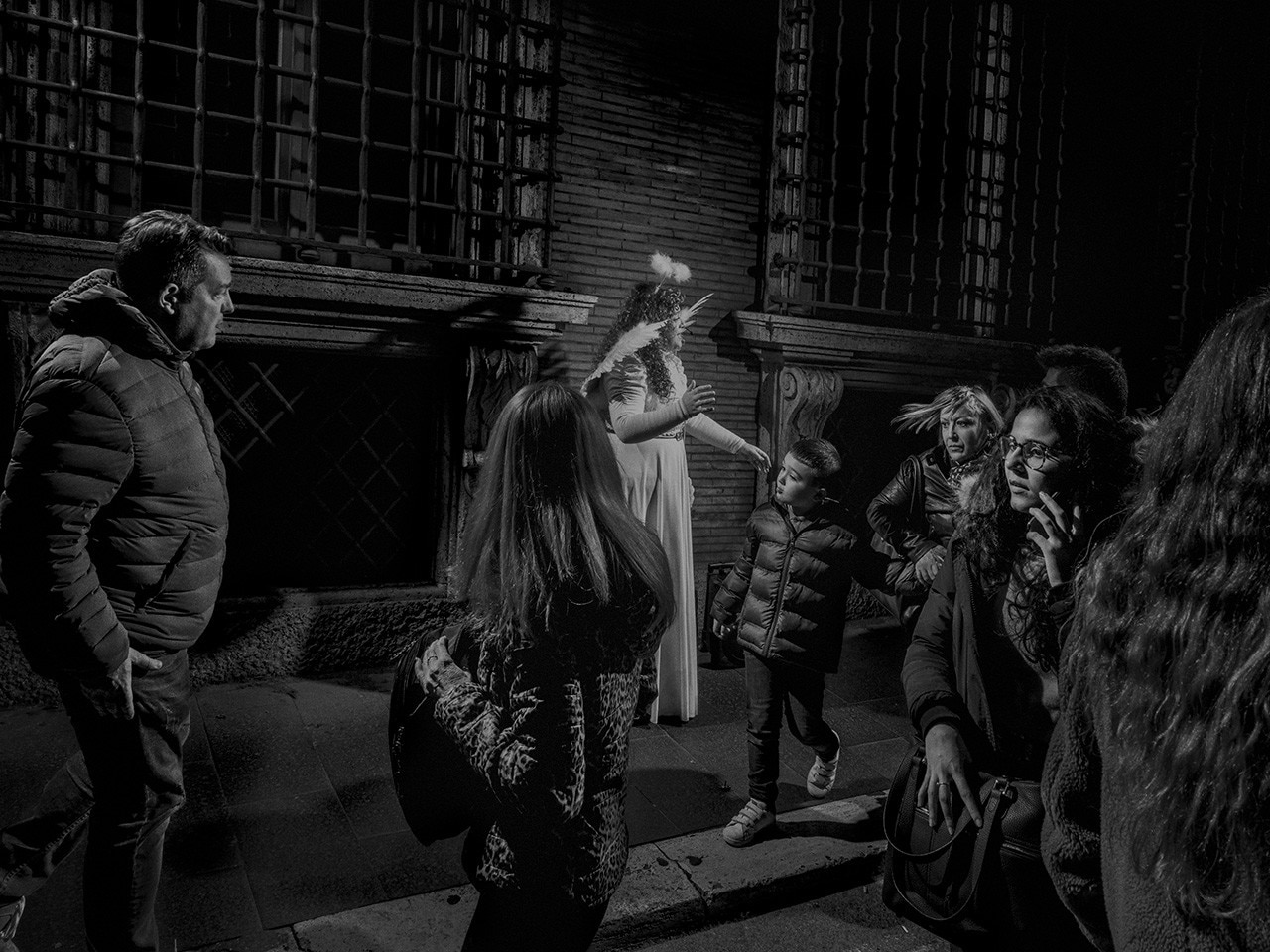

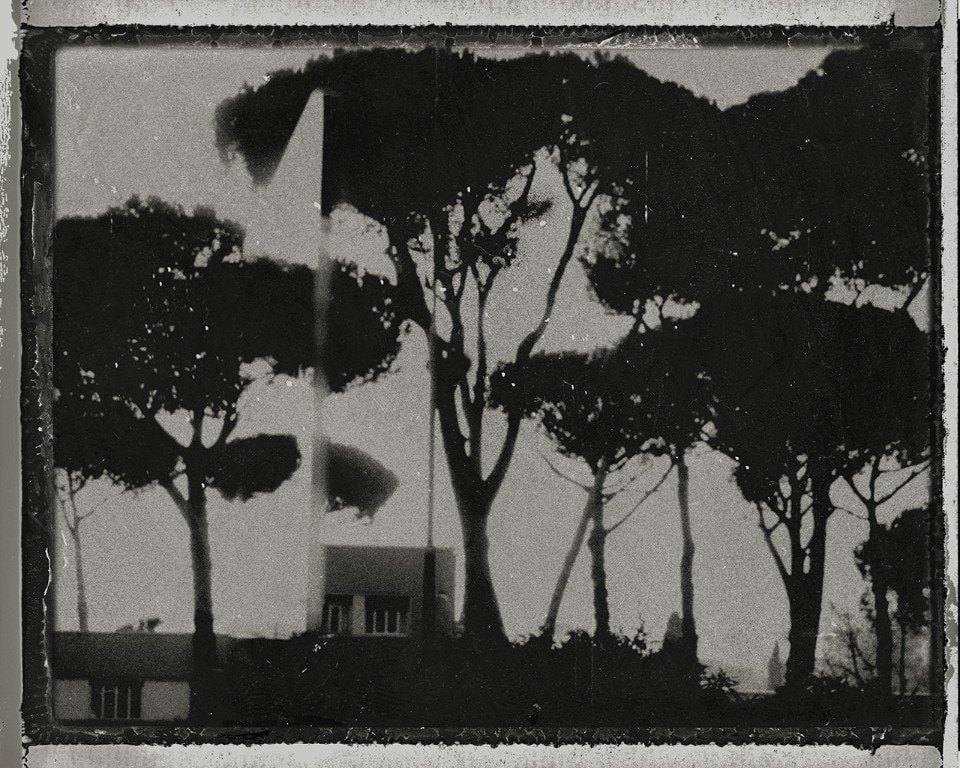
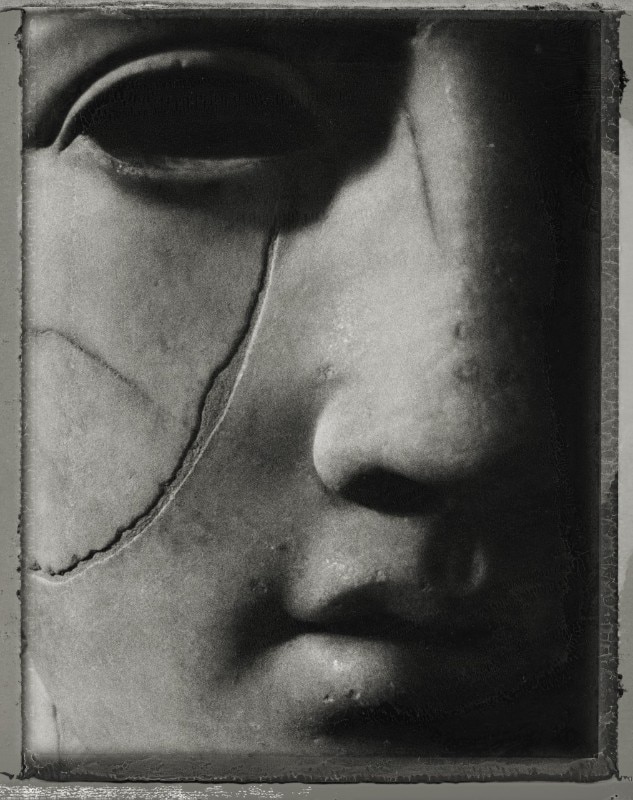
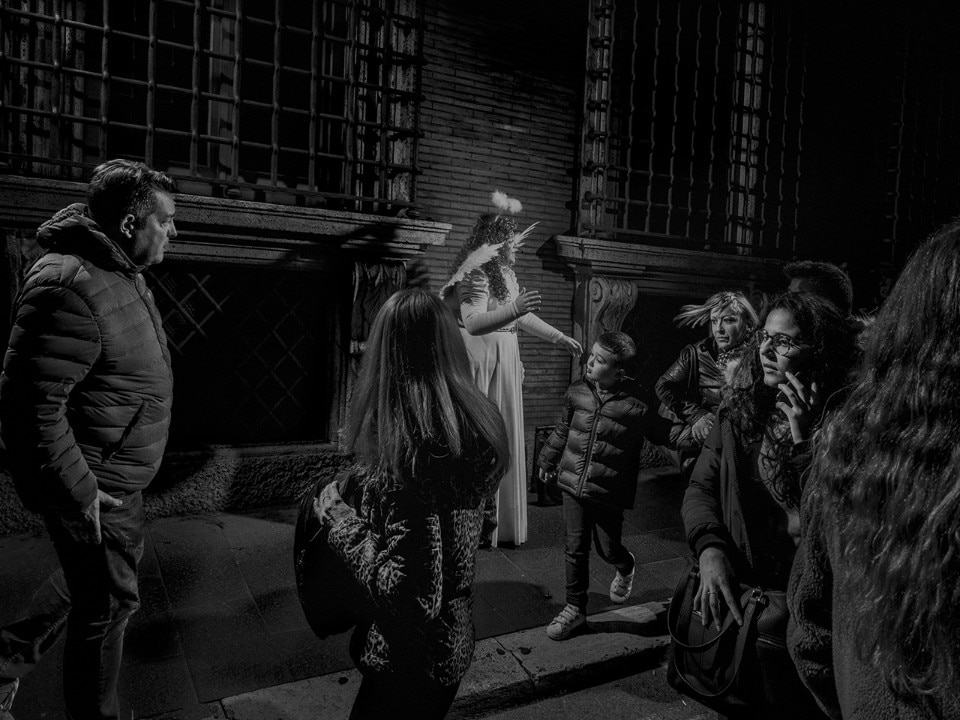
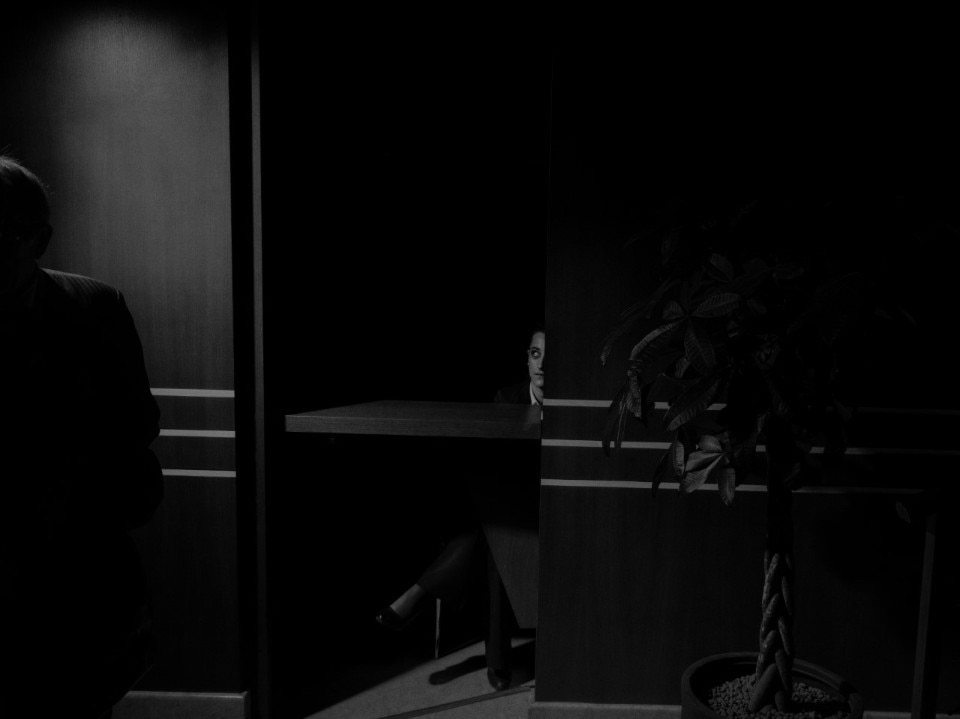
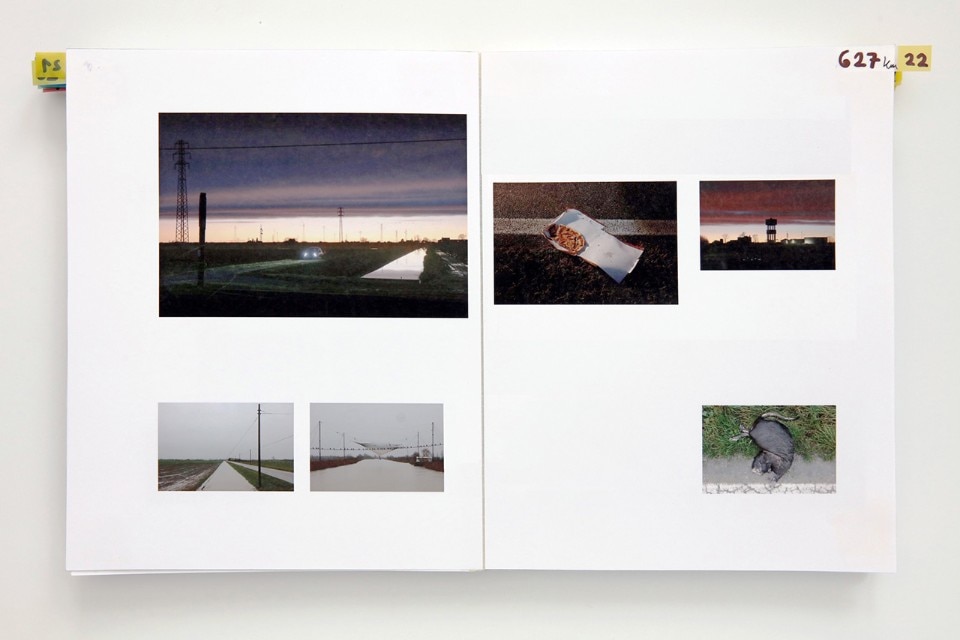
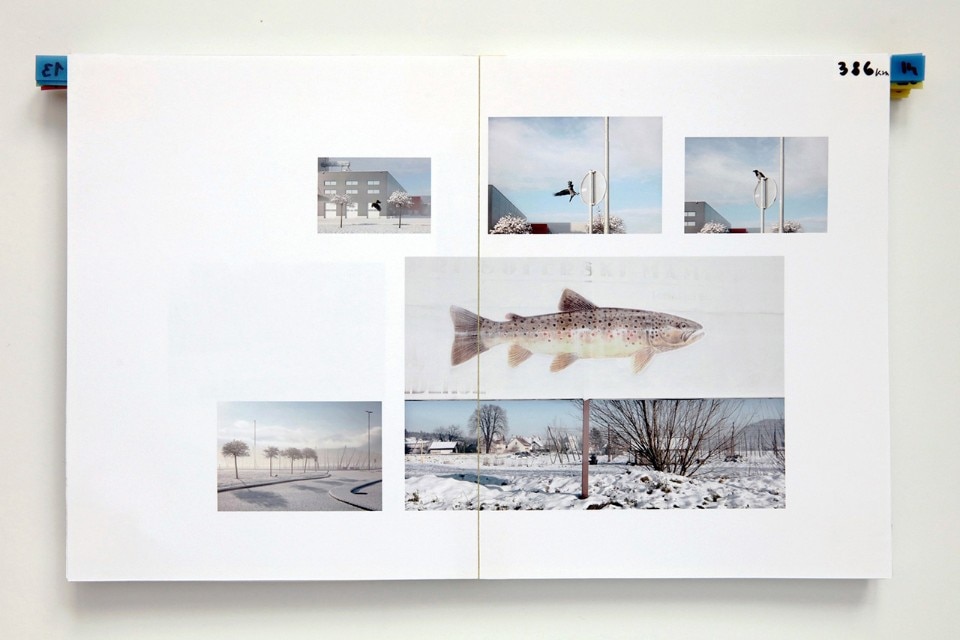
,%20The%20Colosseum,%20Rome.jpg.foto.rmedium.png)
